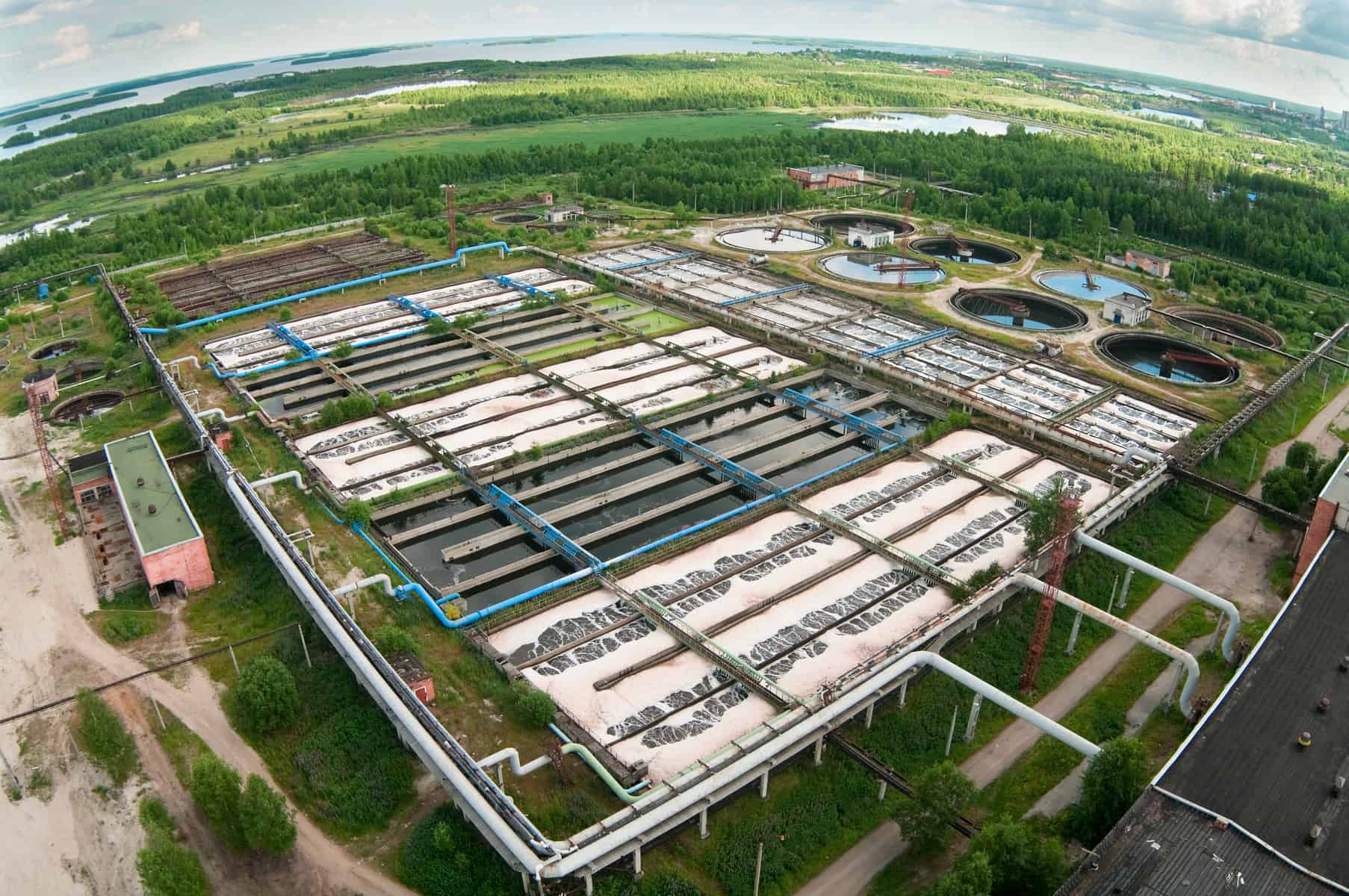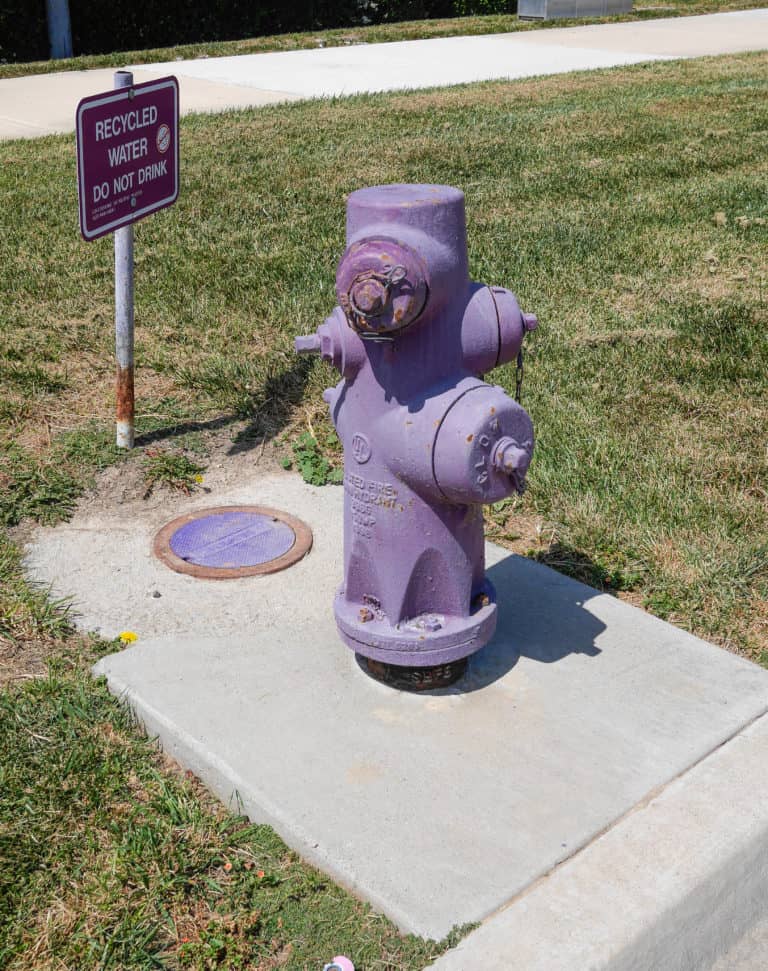
Treated wastewater effluent is usually discharged to lakes, rivers, aquifers, or oceans. While ecosystems depend on many of those returns, it is also possible to use the effluent again before returning it to the watershed. The United States withdraws 1,325 billion liters (350 billion gallons) of water each day, and subsequently generates 110 to 150 billion liters (30 to 40 billion gallons) of treated effluent each day.1Li, H.; Chien, S.-H.; Hsieh, M.-K.; Dzombak, D. A.; Vidic, R. D., “Escalating water demand for energy production and the potential for use of treated municipal wastewater,” Environmental Science and Technology 45 (2011), 4195−4200. Wastewater treatment plants are generally located within or at the edge of cities, which means the effluent is an abundant source of water that is generally colocated with population centers. That effluent can readily be reused for irrigation and industrial purposes such as cooling, but would require additional treatment for potable uses. Typically, reuse projects for drinking water from wastewater cost more than water conservation programs yet less than seawater desalination. Demonstrated use of treated wastewater as a source of drinking water already takes place in locations such as Singapore, Israel, Southern California, and aboard the International Space Station.

In the built environment, municipalities can use effluent within buildings for nonpotable end uses such as toilet flushing, cooling, and irrigation. Non-potable industrial processes, such as fire suppression and heat transfer can use effluent in standpipes and large scale heating and cooling systems. For organizations with the money to invest in the purple-piping infrastructure, effluent is a cost-effective option.2A. S. Stillwell, et al., “An integrated energy, carbon, water, and economic analysis of reclaimed water use in urban settings: a case study of Austin, Texas,” Journal of Water Reuse and Desalination 1 (2011), 208-223. Effluent is a resilient, drought-resistant source of water because people still flush toilets and take showers during a drought. However, with its benefits come some financial, health, and performance risks, such as the possibility that the purple-piping system will accidentally be connected to the drinking-water system, allowing treated effluent to flow to potable applications.
Effluent can displace the use of freshwater for energy production with methods such as hydraulic fracturing (fracking) and power plant cooling. Rather than withdrawing freshwater from lakes and rivers, fracking operators can use effluent to create their frac fluids. Some shale producers in Texas use effluent to allow them to keep producing even in regions with water scarcity.

Power plants can replace freshwater withdrawals with effluent for cooling.3Melissa Harris, “Alternative Water Use” (presentation, Third Energy-Water Nexus Partnership Meeting, U.S. Geological Survey, Washington, DC, November 29, 2012); and J.A. Veil, Use of Reclaimed Water for Power Plant Cooling, (Argonne, Illinois: Argonne National Laboratory for the U.S. Department of Energy National Energy Technology Lab, 2007) Technical Report ANL/EVS/R-07/3. In 2010, 46 out of more than 1,000 major U.S. power plants used reclaimed water for cooling. Another handful of facilities used reclaimed water to fill cooling ponds, collect pollutants in air scrubbers, inject pressure at geothermal fields, and provide feedwater for boilers.
The greater than 100 billion liters (10 billion gallons) of wastewater generated each day across the United States is more than enough to satisfy the needs of power plants. The question of practicality becomes one of distance, cost, and other trade offs. For example, large wastewater treatment plants and large power plants rarely coexist. The times of day or year when wastewater flows are highest do not necessarily correspond with the times of day or year when power plants need water. Further, many regions rely on wastewater discharges to streams, lakes, or aquifers. Diverting those discharges for power plant use instead might deprive those ecosystems of badly needed water. Because only a few dozen plants use effluent today, using reclaimed water for power plant cooling remains an under-utilized opportunity.
Image Credits: Kekyalyaynen/Shutterstock.com; Jay Galvin/CC BY 4.0; John Gittens/Shutterstock.com.
Update your browser to view this website correctly.Update my browser now